|
The basic principle of sports medicine is to promote health, wellness, and active lifestyle while preventing, diagnosing, and treating sports-related injuries and conditions. The primary goal of sports medicine is to help athletes and individuals of all ages and abilities achieve their full potential in sports and physical activities, while also minimising the risk of injury and promoting overall health and wellness. A SMT is a fitness/ health professional who specialises in the prevention, assessment, treatment, and rehab of sports-related injuries. SMTs work with athletes of all ages and skill levels, from amateur to professional, to help them perform at their best and recover from injuries as quickly and safely as possible. The role of a sports medicine trainer may vary depending on the specific setting in which they work. For example, SMTs may work with a sports team to provide injury prevention programs, evaluate and diagnose injuries, and develop treatment plans. They may also work in clinical or outpatient settings to provide rehabilitation services for athletes and individuals with sports-related injuries. SMTs may have different educational and certification requirements depending on the specific job and region or country in which they work. Some SMTs may hold degrees in athletic training, physical therapy, or sports science, while others may have certifications in relevant areas of sports medicine, such as strength and conditioning, sports nutrition, or injury prevention and treatment. Athletic Trainers(ATs) VS Sports Medicine Trainers(SMTs)Athletic trainers (ATs) and sports medicine trainers (SMTs) are both healthcare or fitness professionals who specialise in the prevention, assessment, treatment, and rehabilitation of sports-related injuries. However, there are some key differences between the two roles. Athletic trainers are licensed healthcare professionals who are typically employed in a variety of settings, such as schools, colleges and universities, professional sports teams, and clinics. They are responsible for providing immediate care to athletes who have sustained injuries during sports or physical activity, and for developing and implementing injury prevention programs. Athletic trainers may also work with physicians and other healthcare professionals to develop treatment plans and oversee the rehabilitation process. On the other hand, sports medicine trainers may be defined differently depending on the region or organization, but they are generally seen as individuals who specialize in sports medicine and may provide services similar to those of athletic trainers. SMTs may work in a variety of settings, including sports teams, sports facilities, and healthcare clinics. They may provide services such as injury prevention programs, injury evaluation and diagnosis, treatment plans, and rehabilitation services. One key difference between athletic trainers and SMTs is that athletic trainers are required to complete a specific educational program of at least an undergraduate level, such as an accredited athletic training program, and pass a certification exam, such as the one offered by the Board of Certification for the Athletic Trainer (BOC). SMTs may have a different set of educational and certification requirements depending on the specific organization or region. Furthermore, the credentials of SMT(sports medicine trainer) is a part of any health care or fitness professionals continuing education for professional growth and keeping current in the industry. In summary, while athletic trainers and sports medicine trainers share some similarities in their roles and responsibilities, there are some key differences in terms of educational and certification requirements and the specific settings in which they typically work. Where do SMTs work?Sports Medicine Trainers (SMTs) can work in a variety of settings, depending on their specific training and certification, as well as their personal interests and career goals. Here are some of the common settings where SMTs may find employment: Sports teams: SMTs can work with amateur, college, or professional sports teams as part of the medical staff. They may be responsible for providing injury prevention programs, evaluating and diagnosing injuries, developing treatment plans, and overseeing the rehabilitation process. Sports facilities: SMTs can work at sports facilities, such as gyms, fitness centers, and recreation centers, where they may provide injury prevention programs and treatment services for individuals who participate in sports and physical activity. Healthcare clinics: SMTs can work in healthcare clinics, such as physical therapy clinics or orthopedic clinics, where they may provide treatment services for individuals with sports-related injuries. Schools and universities: SMTs can work in schools and universities, where they may provide injury prevention programs and treatment services for student-athletes. Private practice: SMTs can work in private practice, either as a sole proprietor or as part of a group practice. They may provide services such as injury prevention programmes, evaluation and diagnosis of sports-related injuries, and rehab services. Overall, SMTs have a range of employment options in the sports medicine field, and can find opportunities in a variety of settings. The specific setting may depend on their qualifications and certification, as well as the demand for sports medicine services in their area. What do SMTs learn in Sports Medicine Clinics?The specific knowledge and skills that SMTs learn can vary depending on the educational program or certification that they pursue. However, in general, SMTs are trained in a variety of topics related to sports medicine, including: Anatomy and physiology: SMTs learn about the structure and function of the human body, with a particular focus on the musculoskeletal system and how it is impacted by sports and physical activity. Biomechanics & exercise science: SMTs learn about the mechanics of movement, and how different movements and positions can impact the body. This knowledge helps them to develop appropriate programmes and identify risk factors for sports-related injuries. Prevention: SMTs learn about strategies for preventing sports-related injuries, such as proper warm-up and stretching techniques, protective equipment, and exercise programs. Injury assessment: SMTs learn how to evaluate and diagnose sports-related injuries, including techniques for assessing range of motion, strength, and joint stability. Treatment and rehab: SMTs learn about various treatment and rehabilitation techniques, such as therapeutic exercise, manual therapy, and modalities like ice and heat. They also learn how to develop and implement rehabilitation programs tailored to individual athletes' needs. Overall, SMTs receive a broad education in a variety of topics related to sports medicine, with a focus on injury prevention, assessment, and treatment. This knowledge and training prepares them to work with athletes of all ages and skill levels, and to provide high-quality care for sports-related injuries. To learn more about the course syllabus, click here. Who is this targeted to?The SMT course is an entry level made for personal trainers to enhance their knowledge in sports medicine, however, other professionals that are keen on learning more about professional growth into sports medicine, such as a physical therapist, health care team, or medical professionals are also eligible for wellness promotion. Students interested can learn more about the course syllabus here.
|
Archives
March 2024
Categories
All
|
Services |
Company |
|
|
Integrated Training Institute
|
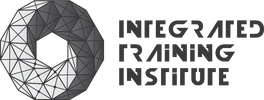
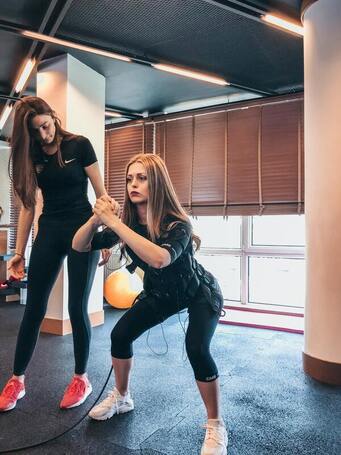
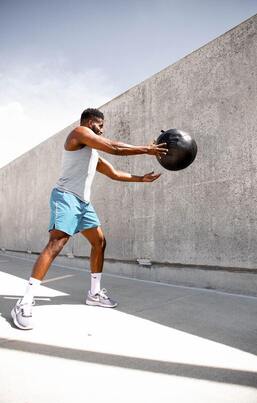
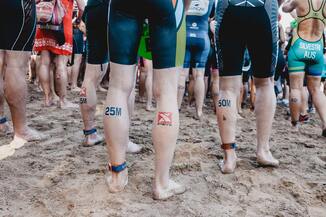

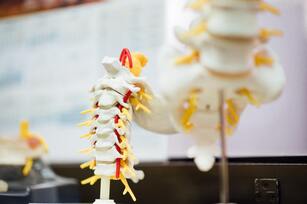
 RSS Feed
RSS Feed